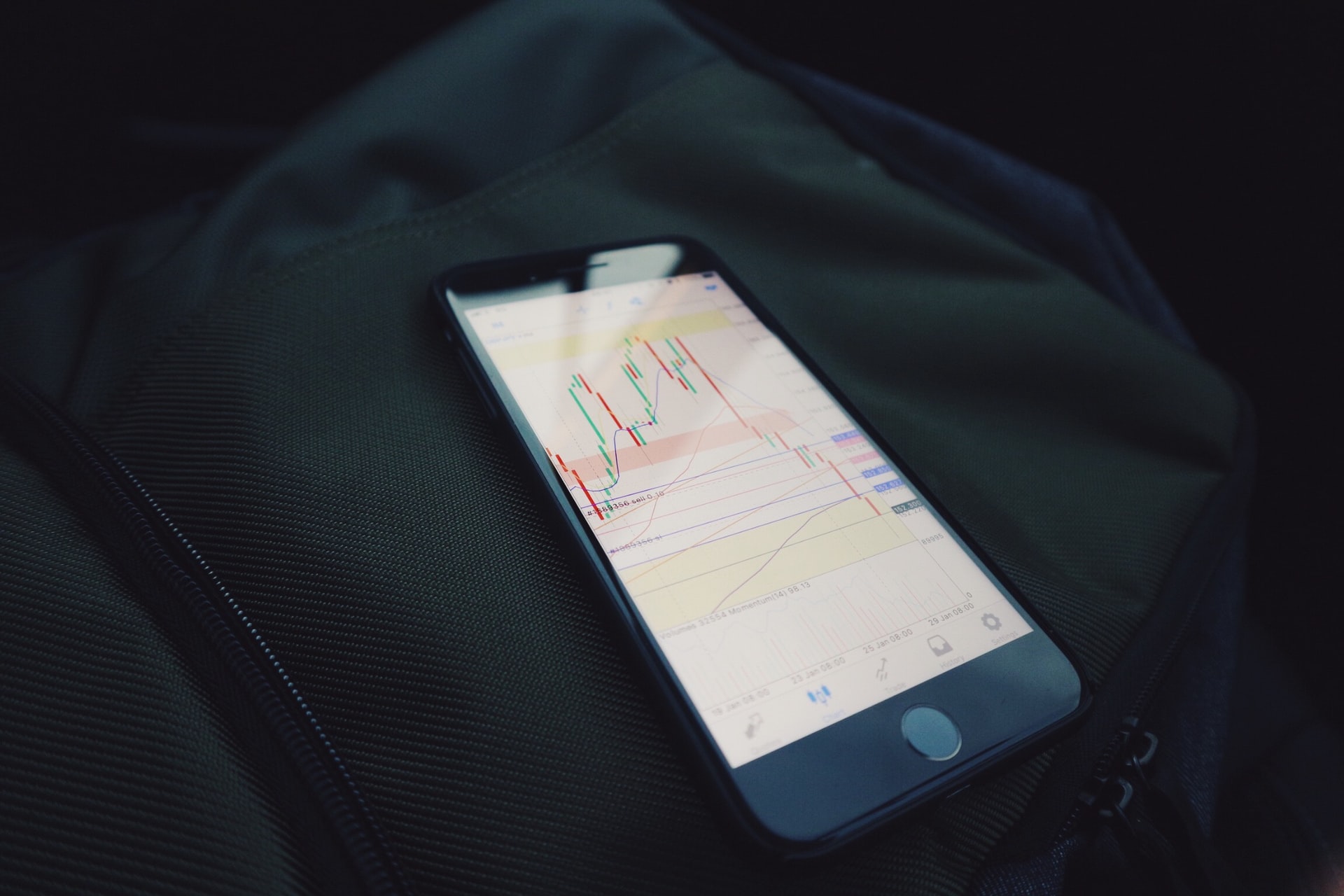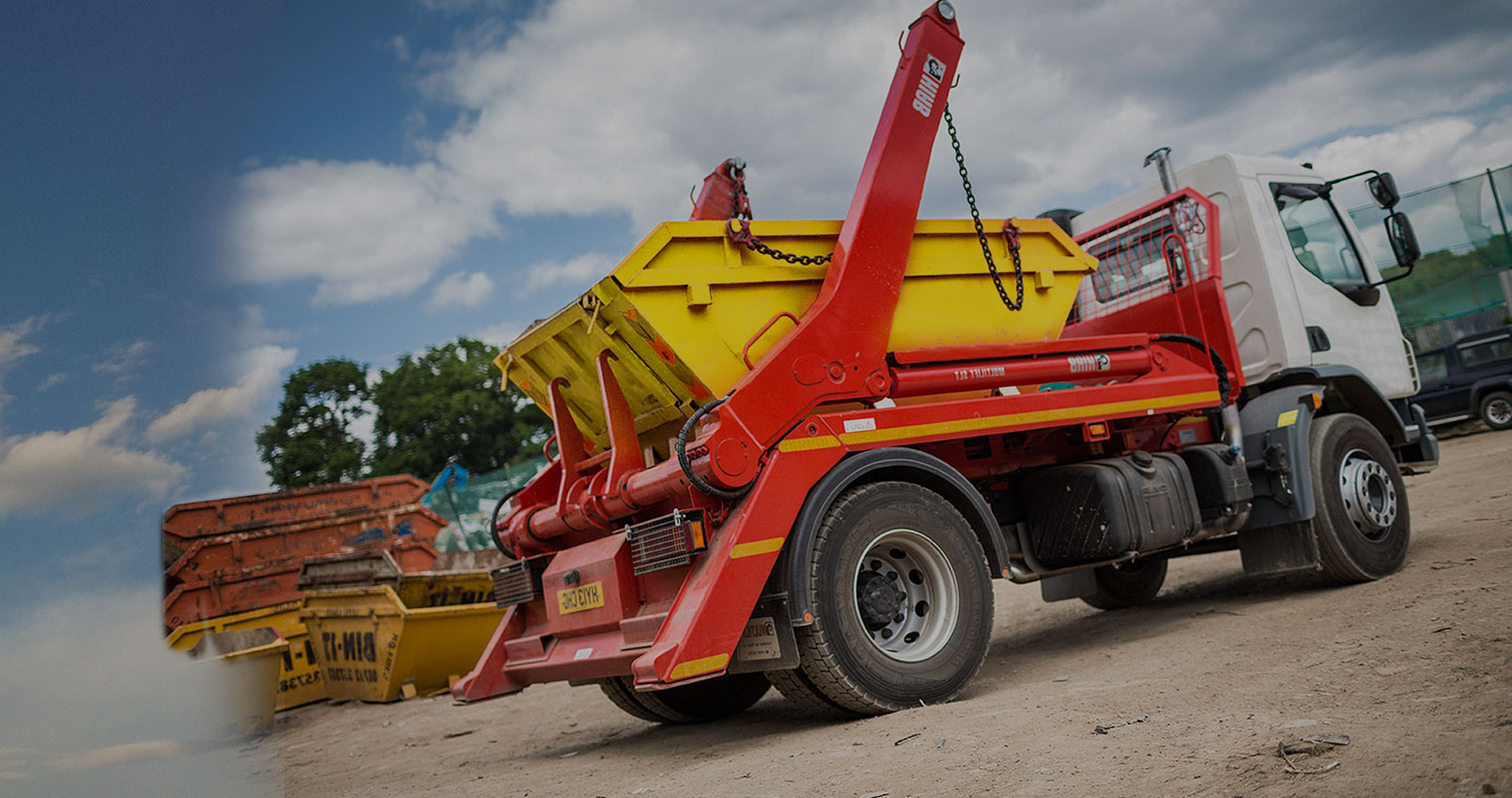Between 2007 and 2011, according to research undertaken by the Russell Sage Foundation, half of all U.S. households lost 25 percent of their wealthand financial holdings, and a quarter of the households lost 75 percent of their wealth. Financial disparities between races grew, and budgets for states and public schools became tight, shrill and bitter. Every state except Montana and North Dakota is still projecting budget shortfalls, and New York is projecting a fiscal year budget gap of $2 billion for 2013. As the economy seeks to find its footing, there is evidence things might be looking up and conflicting evidence that we’re in for a lengthy slog. What will it be, and is it possible it might be both?
As any expert in financial crime will tell you, the Great Recession came into being on the backs of banks that loosened the boundaries of already loose regulations. Bad sub-prime mortgages, poorly bundled securities,a housing bubble of gargantuan proportions, a heavily leveraged global economy—by the time the dust settled, it was difficult to find enough fingers to point in enough directions to adequately assign blame. Seven years later, reports are mixed regarding how well or poorly the United States economy, banks, families and workers are faring. Here’s a look at the current state of the economy, in all its good, bad and ugly glory.
Private Payroll Employment Is Increasing
For the past 48 months, private employers have added almost 9 million jobs to their payrolls. With many outlets putting the numbers of jobs lost to the Great Recession at around 9 million, it looks as though the United States economy is about to break even. The unemployment rate currently sits around 6.7 percent, which means roughly 10.5 million people are out of work. One downside to this otherwise mostly encouraging news is the number of chronically unemployed people—those who have been out of work for more than 27 months—still sits close to 4 million.
Unemployment Is Still Too High
Many economists felt once the unemployment rate reached the level it is at now, it would signal the economy was finally out of the woods. Turns out, that isn’t the case, because unemployment is still too high if the economy is going to fully recover. In the final quarter of 2013, the demand for goods and services, also known as the “actual GDP,” was $715 billion less than what the economy had the potential to supply. This gap in demand and output is in large part due to the many unemployed people and their limited financial means, coupled with their uncertainty about their future job prospects. Until that gap closes, the economy is still too weak to support a more robust workforce, but without a robust workforce, closing the gap will take some time.
The Economy Began Growing in Mid-2009
While the feelings swirling around the recession may still be fresh—especially to the millions still seeking work—spending data shows the economy actually started growing again about halfway through 2009. Due in large part to the passage of TARP, which provided some financial stability across the markets, and the American Recovery and Reinvestment Act, the economy’s contractions finally declined, which allowed the private sector to slowly begin adding jobs. The pace of growth, however, has still been remarkably slow.
High Levels of Government Aid Are Lowering
Throughout the Great Recession and until recently, there have been higher-than-normal numbers of people relying on government aid to put food on the table, manage payments on bad mortgages and keep unemployment benefits rolling in. Even while the economy hemorrhaged almost 9 million jobs, government aid successfully kept the poverty rate from rising, though the cost of success was a dramatic increase to the national debt, which to some might feel more like a bait and switch than a true triumph. Regardless of personal politics in the matter, the amount of people applying for government aid is slowing, which hopefully means families and individuals are beginning to stand on more solid financial ground.
It’s hard to say exactly how the United States economy is doing. Job prospects are up, but unemployment is still too high. Applications for government assistance are down, but the long-term unemployed still need jobs. No one knows with any certainty what the economic future of the country is, but at the very least, the bad news is finally being tempered with some good.




